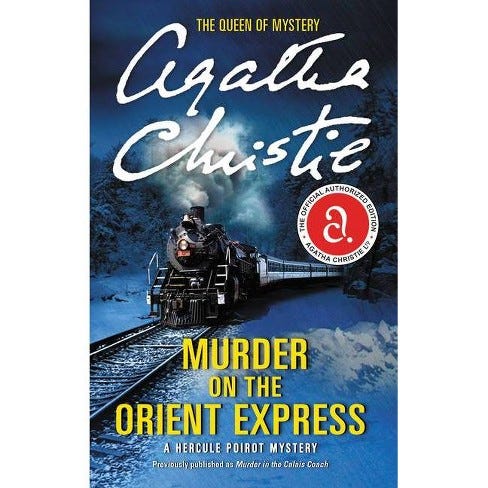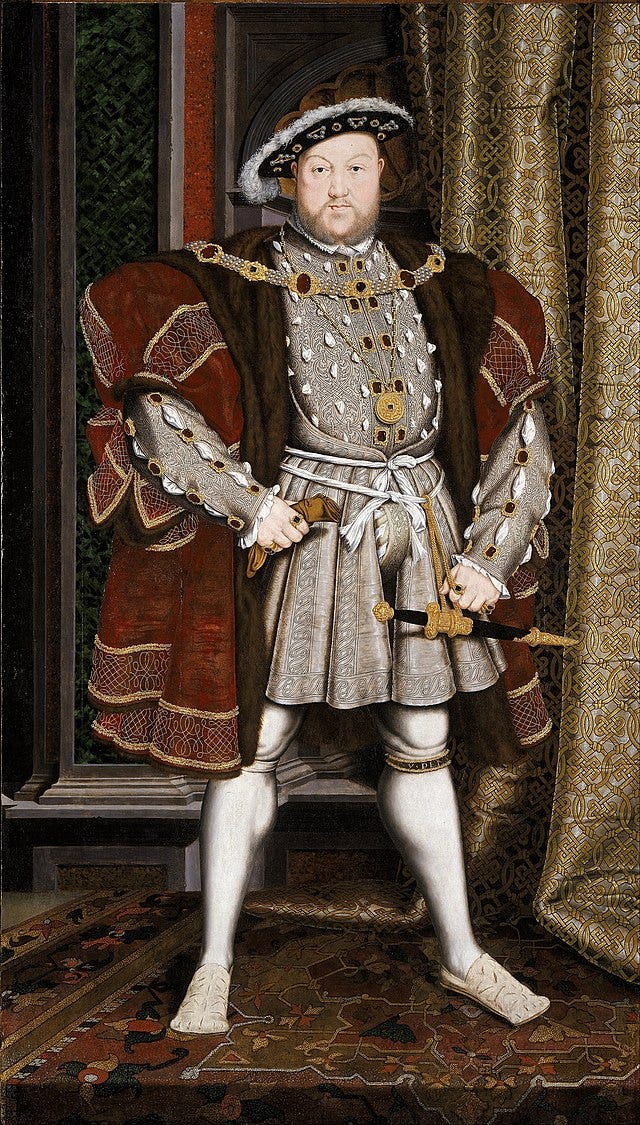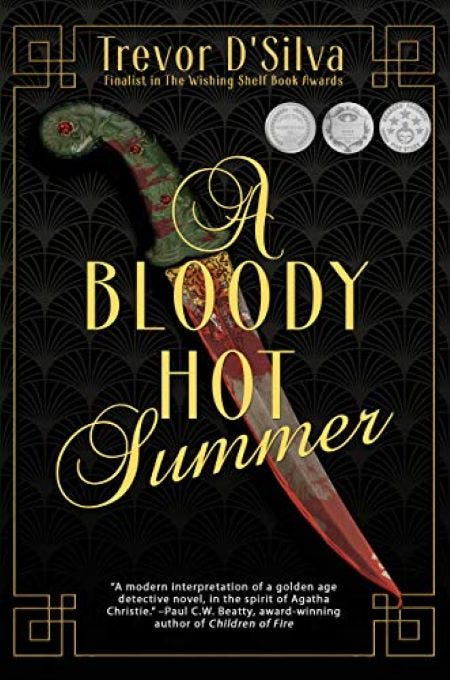Exploring Historical Figures as Inspiration for Crime Fiction
Written on
Chapter 1: The Intersection of Crime and History
In the realm of crime literature, the influence of historical events is frequently evident. Readers and writers alike are drawn to notorious crimes from eras past, such as the infamous Jack the Ripper and the enigmatic Mary Ann Cotton, known as the Black Widow, who used arsenic to eliminate her victims. Another enduring mystery is that of the two princes in the Tower, whose fates remain uncertain—were they murdered, or did they escape to safety?
Numerous films, plays, novels, and articles have been inspired by these historical crimes. For instance, in Josephine Tey’s The Daughter of Time (1951), a fictional detective delves into the alleged misdeeds of Richard III. Agatha Christie’s Murder on the Orient Express (1933) draws partial inspiration from the 1932 abduction of Charles Lindbergh’s infant son, weaving the lives of characters echoing Lindbergh’s family and their tragic circumstances.

In Shakespeare's Julius Caesar, Mark Antony famously states, “The evil that men do lives after them; The good is oft interred with their bones.” This sentiment highlights how society tends to remember a person's wrongdoings over their virtues.
An example of this is Henry VIII, a monarch infamous for his ruthless pursuits, particularly his desperate desire for a male heir to perpetuate the Tudor dynasty. His six wives faced tragic fates—two were executed, two divorced, one died, and one survived. Often depicted as a narcissistic tyrant, he severed ties with the Catholic Church to establish the Anglican Church, igniting years of religious conflict across Britain. His reign saw the destruction of numerous monasteries and the execution of around 57,000 people. However, few recognize the significant reforms he also implemented, many of which still resonate today.
Henry VIII transformed England into a pivotal player in European politics by signing the ‘Universal and Perpetual Peace’ with France. He proclaimed himself the King of Ireland through parliamentary legislation, distancing his sovereignty from papal influence. His efforts incorporated Wales into England, dissolved feudal lordships, and established counties with appointed royal officials. He laid the groundwork for the Royal College of Physicians, which introduced medical standards and licensing, thereby improving healthcare. His initiatives also included mapping the English coastline and forming the Council for Marine Causes, which eventually evolved into the Royal Navy—instrumental in defeating the Spanish Armada under Elizabeth I. Additionally, he supported the arts, fostering a vibrant cultural environment.

My novel, A Bloody Hot Summer, is a murder mystery set primarily in the summer of 1927, with flashbacks to the tumultuous periods of the 1857 Indian Mutiny and the Second Anglo-Boer War (1899–1902). The character of Lord William Fitzhugh is loosely based on Henry VIII, having transformed into a philanthropist after surviving a near-fatal incident involving one of his diamond mines. Despite his charitable contributions, he is remembered more for his manipulative nature and personal vices.
While Fitzhugh’s wife eventually bears him a son after three daughters, it is their eldest daughter who becomes his heir. Following her tragic murder at her eightieth birthday celebration, Detective Dermot Carlyle embarks on an investigation that reveals the family's hidden past—one marked by Lord Fitzhugh’s tyrannical actions for wealth and power. His legacy of evil continues to haunt his descendants, affecting both family and outsiders alike.

Two key lessons emerge from these narratives. Firstly, our misdeeds often overshadow any good we may achieve, as society tends to fixate on the negative aspects of a person's life. This inclination may stem from a psychological fascination with the morbid, drawing readers to stories of crime, war, and tragedy as a means of escape from the mundane. In my article, “Why Do Stories about Crime, War, Infidelity and Tragedies Make Good Reading?”, I argue that such tales allow us to experience the thrill and terror of these situations vicariously, without facing the harsh realities ourselves.
Secondly, we must be wary of allowing obsessions to dictate our actions. Lord Fitzhugh serves as a cautionary figure; his unchecked desires led to heinous acts and the suffering of many. Such characters are prevalent in crime fiction, offering readers valuable insights into the destructive potential of obsession.
Ultimately, we should strive to leave a positive legacy, ensuring we contribute to a better world during our time here.
In the video Writing Historical Crime Fiction, with Vaseem Khan, the author delves into the nuances of crafting compelling narratives inspired by real events, shedding light on the techniques that make historical crime fiction resonate.
The video Writing Dual Timelines and Co-Writing Historical Fiction, with Hazel Gaynor explores the intricacies of weaving together multiple timelines in storytelling, offering insights into collaboration in writing historical narratives.
Please consider supporting the article with your applause and comments. Follow me for more insights, and if you’re interested, join Medium for full access to my articles. To learn more about my writing, visit my website at www.trevordsilva.com.